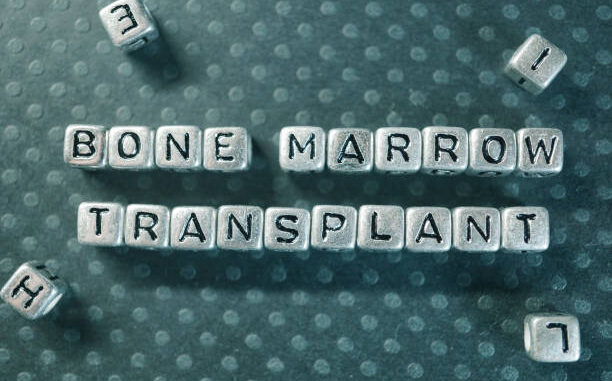
Bone marrow transplants are a vital treatment option for various blood disorders, including leukemia, sickle cell disease, and lymphoma. While they are often a last resort, they offer significant hope for patients who have exhausted other treatments. Here’s a detailed look at how bone marrow transplants are performed, their associated risks and side effects, and the advancements in this field.
How Bone Marrow Transplants Are Performed:
There are two main types of bone marrow transplants: allogeneic and autologous.
Allogeneic transplants involve harvesting healthy bone marrow cells from a closely matched donor, typically a family member. The donor’s cells are collected through apheresis, where they are removed from the bloodstream and then infused into the patient via an intravenous drip.
On the other hand, autologous transplants utilize the patient’s own healthy bone marrow cells. Before the transplant, the patient undergoes intensive chemotherapy or radiation therapy to eliminate diseased bone marrow cells. The healthy cells are then collected and reintroduced into the patient’s body.
Risks and Side Effects:
While bone marrow transplants can be life-saving, they come with inherent risks and side effects.
One significant risk is graft-versus-host disease (GVHD), which can occur after an allogeneic transplant. In GVHD, the donor cells attack the patient’s healthy tissues, leading to a range of symptoms from mild skin issues to severe organ complications.
Infections are also a concern post-transplant due to the weakened immune system. Patients may experience various infections, from common colds to severe pneumonia, requiring vigilant monitoring and treatment.
Bleeding problems can arise, particularly in autologous transplants where high-dose chemotherapy or radiation increases the risk of bleeding disorders.
Fatigue is a common side effect as the body adjusts to the new cells and undergoes recovery post-transplant.
Advancements and Conclusion:
Despite the challenges, bone marrow transplantation continues to advance. Research focuses on improving donor matching techniques, reducing GVHD risks, and enhancing overall outcomes.
If you or a loved one are considering a bone marrow transplant, consulting with specialists at Sahyadri Hospitals in Pune can provide comprehensive guidance tailored to your specific medical needs. Stay informed about the latest advancements in bone marrow transplantation to make informed decisions about your treatment journey.
Leave a Reply